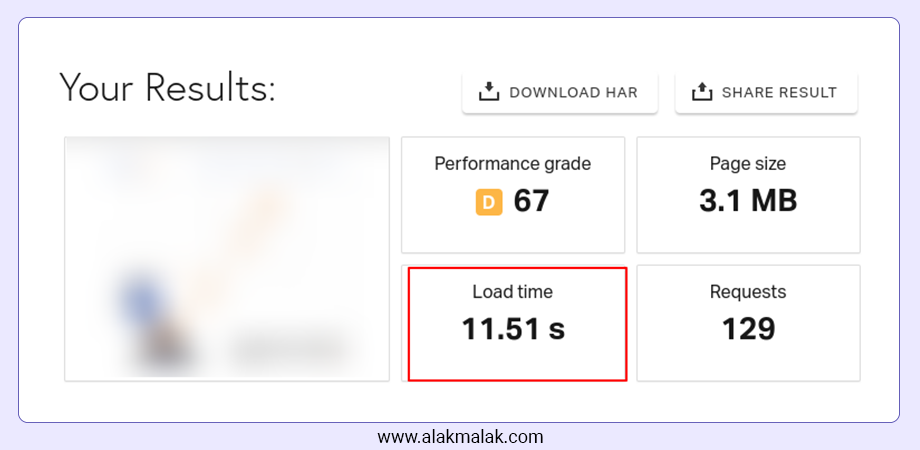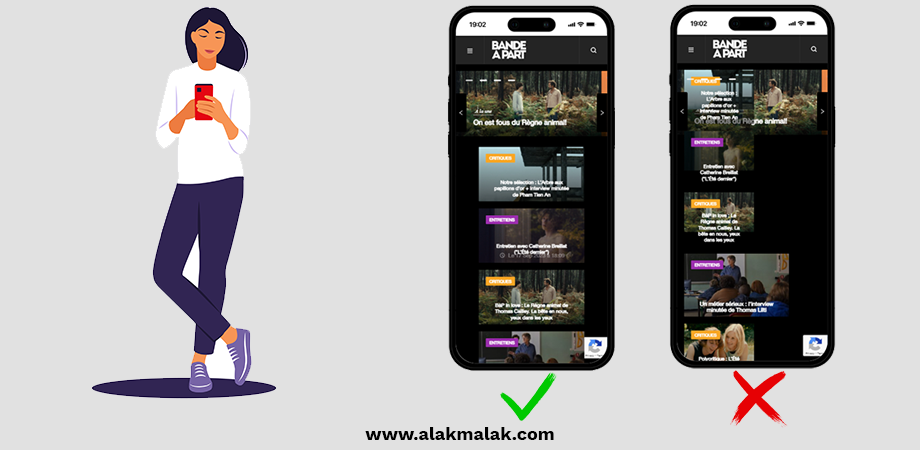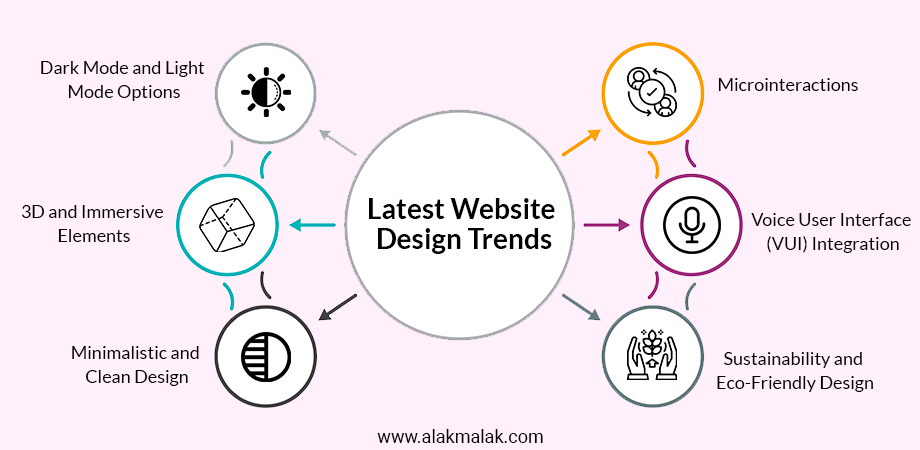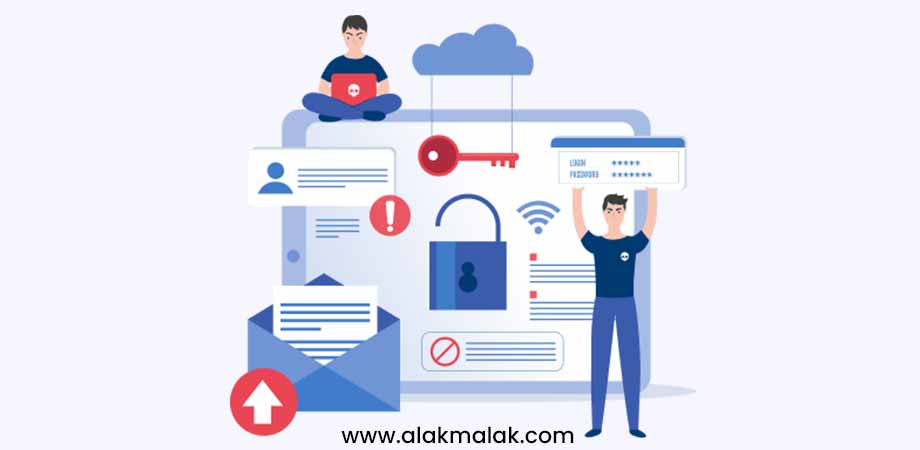Are you tired of your website feeling outdated and ineffective? You’re not alone. In today’s fast-paced digital landscape, a website that doesn’t keep up with the times can quickly become a liability for your business. In fact, a recent study found that 94% of first impressions are design-related – meaning if your website looks and functions poorly, you’re likely missing out on countless potential customers.
That’s where a website redesign comes in. By updating the look, feel, and functionality of your online presence, you can unlock a world of benefits for your business. From boosting your search engine rankings to enhancing the user experience, a well-executed website redesign can be a game-changer.
In this post, we’ll explore the top reasons why you should consider redesigning your website. As an agency with over 18 years of experience in website redesign services, we’ve helped countless clients transform their online presence and achieve remarkable results. Get ready to uncover the secrets to a high-performing, future-proof website that will keep your business thriving.
9 Reasons To Redesign Website
TABLE OF CONTENT
1. Your Website Is Slow
2. Due To Lack Of Leads
3. Website Is Not Mobile Optimized
4. Not Meeting Your Expectations
5. To Adapt To The Latest Trends
6. Frequent Errors and Bugs
7. Enhance Search Engine Optimization (SEO) and Site Performance
8. Refresh and Optimize Your Site’s Content
9. Security Vulnerabilities
1. Your Website Is Slow
In the fast-paced digital world we live in, website speed has become a critical factor in determining the success of an online business. Slow-loading websites not only frustrate users but can also have a significant impact on your search engine rankings, conversion rates, and overall brand reputation.
Why Website Speed Matters
According to a study by Google, a mere 1-second delay in page load time can result in a 7% reduction in conversions. Additionally, 53% of mobile users will abandon a website that takes longer than 3 seconds to load. With attention spans decreasing and competition increasing, a slow website can quickly become a major liability for your business.
How a Website Redesign Can Solve the Problem
A professional website redesign can address the issue of slow loading times in several ways:
- Optimizing Images and Media: By compressing and optimizing images, videos, and other multimedia elements, the overall file size of your website can be reduced, leading to faster load times.
- Leveraging Caching and Content Delivery Networks (CDNs): Implementing caching techniques and utilizing a CDN can significantly improve the delivery of your website’s content, reducing the time it takes for pages to load.
- Streamlining Code and Reducing Plugins: Cleaning up your website’s code, removing unnecessary plugins, and optimizing the overall structure can help eliminate bloat and improve loading speeds.
- Selecting a Faster Web Hosting Provider: Upgrading to a reliable and high-performance web hosting solution can make a noticeable difference in your website’s loading times.
2. Due To Lack Of Leads
In the competitive world of digital marketing, generating consistent leads is a critical factor for the success of any business. However, if your website is failing to capture the attention of potential customers and convert them into valuable leads, it may be time to consider a website redesign.
Why Lead Generation Matters
According to HubSpot, companies with strong lead generation strategies generate 133% more revenue from their marketing efforts. Additionally, a study by Unbounce found that businesses with a well-designed website experience a 15% increase in lead generation on average.
How a Website Redesign Can Solve the Problem
A professional website redesign can help boost your lead generation efforts in several ways:
- Optimizing the User Experience: By improving the navigation, layout, and overall user experience of your website, you can make it easier for visitors to find the information they need and take the desired action, such as filling out a lead capture form.
- Implementing Lead Capture Mechanisms: Integrating strategic lead capture forms, pop-ups, and call-to-action buttons can help you convert more website visitors into qualified leads.
- Enhancing Content and Calls-to-Action: Creating engaging, informative content and prominently displaying clear calls-to-action buttons can motivate visitors to take the next step and provide their contact information.
- Optimizing for Mobile Responsiveness: Ensuring your website is mobile-friendly and provides a seamless experience on all devices can significantly improve lead generation, as more and more users are accessing websites from their smartphones and tablets.
3. Website Is Not Mobile Optimized
In today’s digital landscape, where the majority of internet traffic comes from mobile devices, having a website that is not optimized for mobile can be a significant liability for your business. Responsive website design services play a crucial role in addressing this challenge. A non-mobile-friendly website not only provides a poor user experience but can also negatively impact your search engine rankings and overall online visibility.
The Importance of Mobile Optimization
According to Google, 61% of users are unlikely to return to a mobile website they had trouble accessing, and 40% will visit a competitor’s website instead. Therefore, it’s crucial to optimize website for mobile to ensure seamless accessibility across all devices. Additionally, Google has stated that mobile-friendliness is a ranking factor in their search algorithm, meaning that a non-mobile-optimized website is at a disadvantage when it comes to appearing in search results.
How a Website Redesign Can Solve the Problem
A professional website redesign can address the issue of mobile optimization in several ways:
- Responsive web Design: Implementing a responsive design that automatically adjusts the layout and content to fit the user’s screen size, ensuring a seamless experience on mobile devices.
- Mobile-Friendly Navigation: Optimizing the website’s navigation and user interface for touch-based interactions, making it easy for mobile users to navigate and find the information they need.
- Accelerated Mobile Pages (AMP): Adopting the AMP framework to create lightweight, fast-loading mobile pages that provide a superior user experience and improve search engine visibility.
- Streamlined Content: Reviewing and optimizing the website’s content to ensure it is concise, easy to read, and effectively presented on smaller screens.
4. Not Meeting Your Expectations
As your business evolves and your goals change, your website may no longer be meeting your expectations. Whether it’s falling short in terms of functionality, design, or alignment with your brand, an outdated or underperforming website can hold your business back from reaching its full potential.
According to a study by Stanford University, 75% of users judge a company’s credibility based on their website’s design. Additionally, a survey by Web.com found that 94% of first impressions are design-related, meaning that if your website fails to impress, you’re likely losing out on valuable opportunities.
How a Website Redesign Can Solve the Problem
A well-executed website redesign can help ensure that your online presence meets your expectations and aligns with your business goals:
- Aligning with Your Brand: By updating the visual design, messaging, and overall user experience, a redesign can ensure that your website accurately reflects your brand identity and values.
- Improving Functionality: A redesign can address any technical or usability issues, ensuring that your website provides a seamless and efficient experience for your visitors.
- Enhancing Analytics and Reporting: Integrating robust analytics and reporting tools can help you better understand your website’s performance and make data-driven decisions to improve it.
- Futureproofing: A well-designed website should be scalable and adaptable, allowing you to easily make updates and changes as your business evolves.
5. To Adapt To The Latest Trends
In the ever-evolving world of digital marketing, staying ahead of the curve is crucial for the success of your business. As new technologies, design trends, and user preferences emerge, your website needs to adapt and evolve to remain relevant and engaging to your target audience.
The Importance of Staying Ahead of Trends
According to a study by Adobe, 38% of consumers will stop engaging with a website if the content or layout is unattractive. Additionally, research by Forrester has shown that businesses that adopt the latest web design trends can experience a 15% increase in user engagement and a 10% boost in conversion rates.
How a Website Redesign Can Solve the Problem
A strategic website redesign can help your business stay ahead of the latest trends and ensure your online presence remains captivating and effective:
- Incorporating Modern Design Trends: Updating your website’s visual design to align with the latest trends in typography, color palettes, and layout can make it feel fresh and contemporary.
- Implementing Cutting-Edge Technologies: Integrating new features and functionalities, such as interactive animations, voice search, or augmented reality, can enhance the user experience and showcase your business as innovative.
- Optimizing for Emerging Platforms: Ensuring your website is optimized for emerging platforms, like voice assistants or wearable devices, can help you reach your audience in new and innovative ways.
- Adopting a Mobile-First Approach: Designing your website with a mobile-first mindset can future-proof your online presence and ensure it remains responsive and user-friendly as new devices and screen sizes emerge.
6. Frequent Errors and Bugs
A well-functioning website is crucial for providing a seamless user experience and maintaining the trust and credibility of your brand. However, when your website is plagued by frequent errors and bugs, it can quickly become a liability, frustrating users and undermining your online presence.
According to a study by Kissmetrics, 44% of users will abandon a website if they encounter performance issues or errors. Additionally, research by Gomez.com has shown that even a single second of website downtime can result in a 7% loss in customer conversions.
How a Website Redesign Can Solve the Problem
A comprehensive website redesign can help address and eliminate the underlying issues causing errors and bugs, ensuring a stable and reliable online experience for your users:
- Code Optimization: By thoroughly reviewing and refining the website’s codebase, a redesign can identify and fix any bugs, vulnerabilities, or inefficiencies that may be causing problems.
- Thorough Testing: A redesign process should involve extensive testing, including cross-browser and cross-device compatibility checks, to ensure the website functions flawlessly across all platforms.
- Regular Maintenance and Updates: A well-designed website should be easy to maintain and update, allowing you to quickly address any new issues that may arise and keep your online presence secure and up-to-date. Investing in professional website maintenance services ensures that your site remains optimized, functional, and protected against potential vulnerabilities over time.
- Improved Server and Hosting: Upgrading to a more reliable and high-performing web hosting solution can help mitigate server-related issues and improve the overall stability of your website.
7. Enhance Search Engine Optimization (SEO) and Site Performance
In today’s digital landscape, where search engines play a crucial role in driving website traffic and lead generation, optimizing your website for SEO and overall performance is essential for the success of your business. A website that is not optimized for search engines and has poor loading times can significantly hinder your online visibility and user experience, ultimately impacting your bottom line.
The Importance of SEO and Site Performance
According to a study by Backlinko, the first result in Google’s organic search results has a 31.7% click-through rate. Additionally, research by Portent has shown that a 1-second delay in page load time can result in a 7% reduction in conversions.
How a Website Redesign Can Solve the Problem
A comprehensive website redesign can help enhance your SEO and site performance in several ways:
- Technical SEO Optimization: Addressing technical SEO factors, such as URL structure, metadata, and site architecture, can improve your website’s visibility and rankings in search engine results.
- Content Optimization: Restructuring and optimizing your website’s content to be more relevant, engaging, and search-engine-friendly can help drive more organic traffic to your site.
- Performance Enhancements: Optimizing website elements like images, scripts, and code can significantly improve page load times and provide a better user experience, positively impacting both SEO and conversion rates.
- Mobile Responsiveness: Ensuring your website is mobile-friendly and provides a seamless experience across all devices can boost your search engine rankings, as Google prioritizes mobile-optimized websites.
8. Refresh and Optimize Your Site’s Content
In addition to the technical and design elements of your website, the quality and relevance of your content play a crucial role in its overall success. Over time, your site’s content can become outdated, irrelevant, or ineffective in engaging your target audience. Addressing these content-related issues through a website redesign can be a powerful way to revitalize your online presence and drive better results.
The Importance of Refreshed and Optimized Content
According to a study by HubSpot, websites with 30+ blog posts generate 7 times more leads than those with fewer than 10 posts. Additionally, research by Demand Metric has shown that content marketing generates 3 times more leads than traditional outbound marketing, emphasizing the importance of high-quality, optimized content.
How a Website Redesign Can Solve the Problem
A comprehensive website redesign can help you refresh and optimize your site’s content in several impactful ways:
- Content Audit and Reorganization: Conducting a thorough audit of your existing content and restructuring it to be more user-friendly and SEO-optimized can significantly improve the overall value and effectiveness of your website.
- Creation of New, Engaging Content: A redesign process provides an opportunity to create fresh, compelling content that aligns with your target audience’s needs and interests, helping to attract and retain more visitors.
- Optimization for Search Engines: Ensuring your content is optimized for search engines, through the use of targeted keywords, meta tags, and other SEO best practices, can boost your website’s visibility and drive more qualified traffic.
- Improved Content Presentation: Enhancing the visual appeal and readability of your content through the use of engaging layouts, multimedia elements, and intuitive navigation can enhance the user experience and encourage deeper engagement.
9. Security Vulnerabilities
In an era of heightened cyber threats and data breaches, the security of your website is of paramount importance. Outdated or poorly-designed websites can be vulnerable to various types of attacks, putting your business and your customers’ sensitive information at risk. Addressing these security concerns through a comprehensive website redesign is crucial for maintaining trust, protecting your brand, and ensuring the long-term viability of your online presence.
The Importance of Website Security
According to a study by Cybersecurity Ventures, the global cost of cybercrime is projected to reach $10.5 trillion annually by 2025. Additionally, a survey by the Ponemon Institute found that 43% of small and medium-sized businesses experienced a data breach in the past year, underscoring the need for robust website security measures.
How a Website Redesign Can Solve the Problem
A professional website redesign can help mitigate security vulnerabilities and protect your business in several ways:
- Secure Coding Practices: By employing the latest secure coding techniques and standards, a redesign can address any existing vulnerabilities in your website’s codebase and ensure it is less susceptible to common attack vectors.
- Implementing HTTPS and SSL/TLS: Upgrading your website to use HTTPS and a valid SSL/TLS certificate can encrypt sensitive data and protect your users’ information from being intercepted by malicious actors.
- Regular Software Updates and Patches: Ensuring your website’s content management system, plugins, and other third-party components are regularly updated can help address known security issues and keep your site protected.
- Improved Access Controls and Authentication: Enhancing user authentication mechanisms, such as strong password policies and multi-factor authentication, can help prevent unauthorized access to your website and its backend systems.
Don’t Let Your Website Hold You Back: Take Action with a Redesign!
In today’s digital landscape, a website that is not up-to-date, optimized, and performing at its best can quickly become a significant liability for your business. Whether it’s slow load times, lack of mobile optimization, outdated designs, poor lead generation, security vulnerabilities, or outdated content, there are numerous reasons why a comprehensive website redesign can be a game-changer for your online presence.
By addressing these key issues through a professionally executed website redesign process, you can unlock a world of benefits for your business. From enhanced search engine visibility and improved user experience to increased conversion rates and better brand credibility, a well-designed website can be a powerful tool in driving your organization’s success.
If any of the challenges we’ve discussed in this blog post are holding your website back, now is the time to consider a redesign. Our team of experienced web design and development experts is here to help you create a high-performing, future-proof website that will take your business to new heights. Contact us today to schedule a consultation and learn more about how a website redesign can transform your online success.

 By: Rushik Shah
By: Rushik Shah







